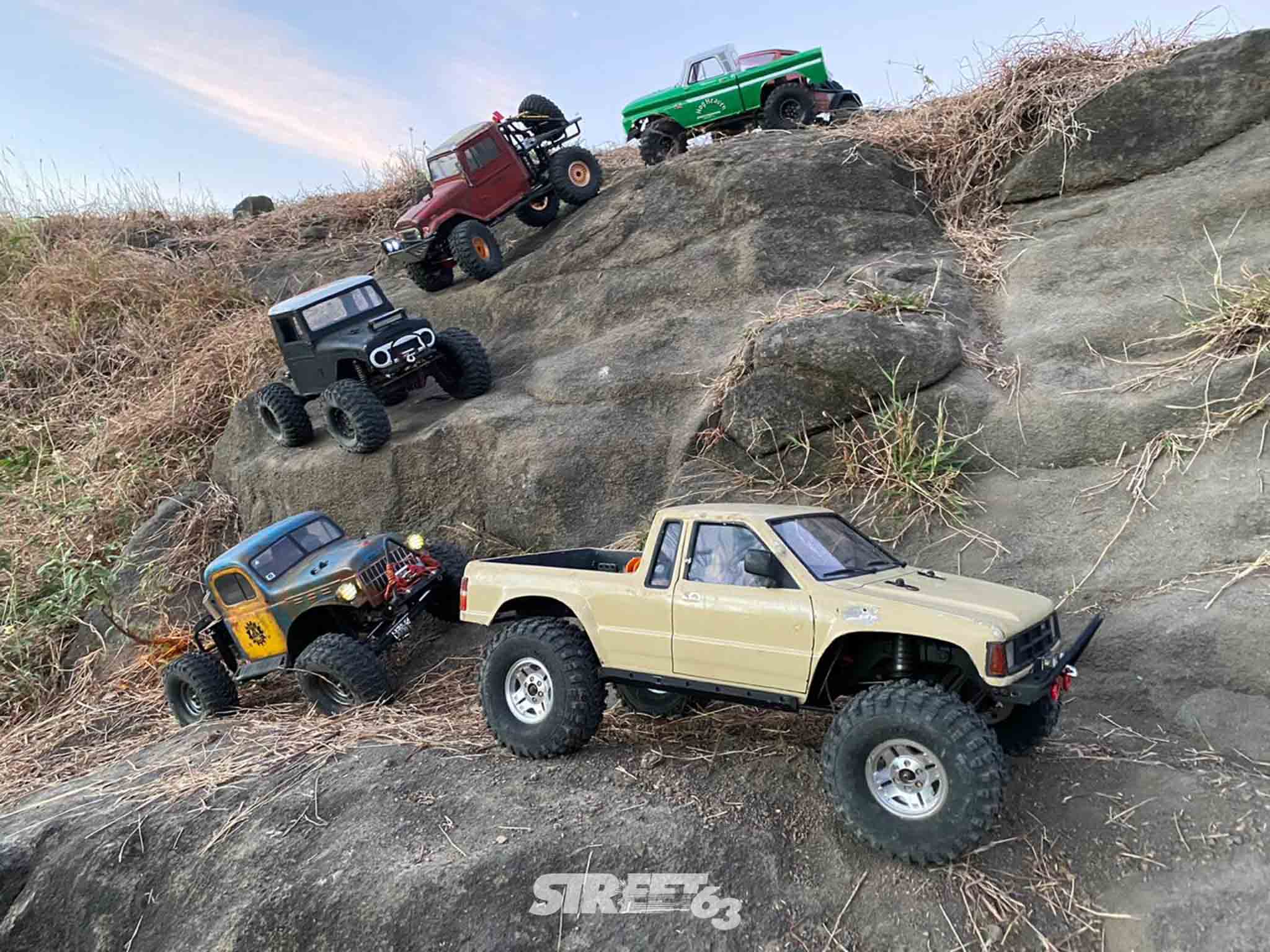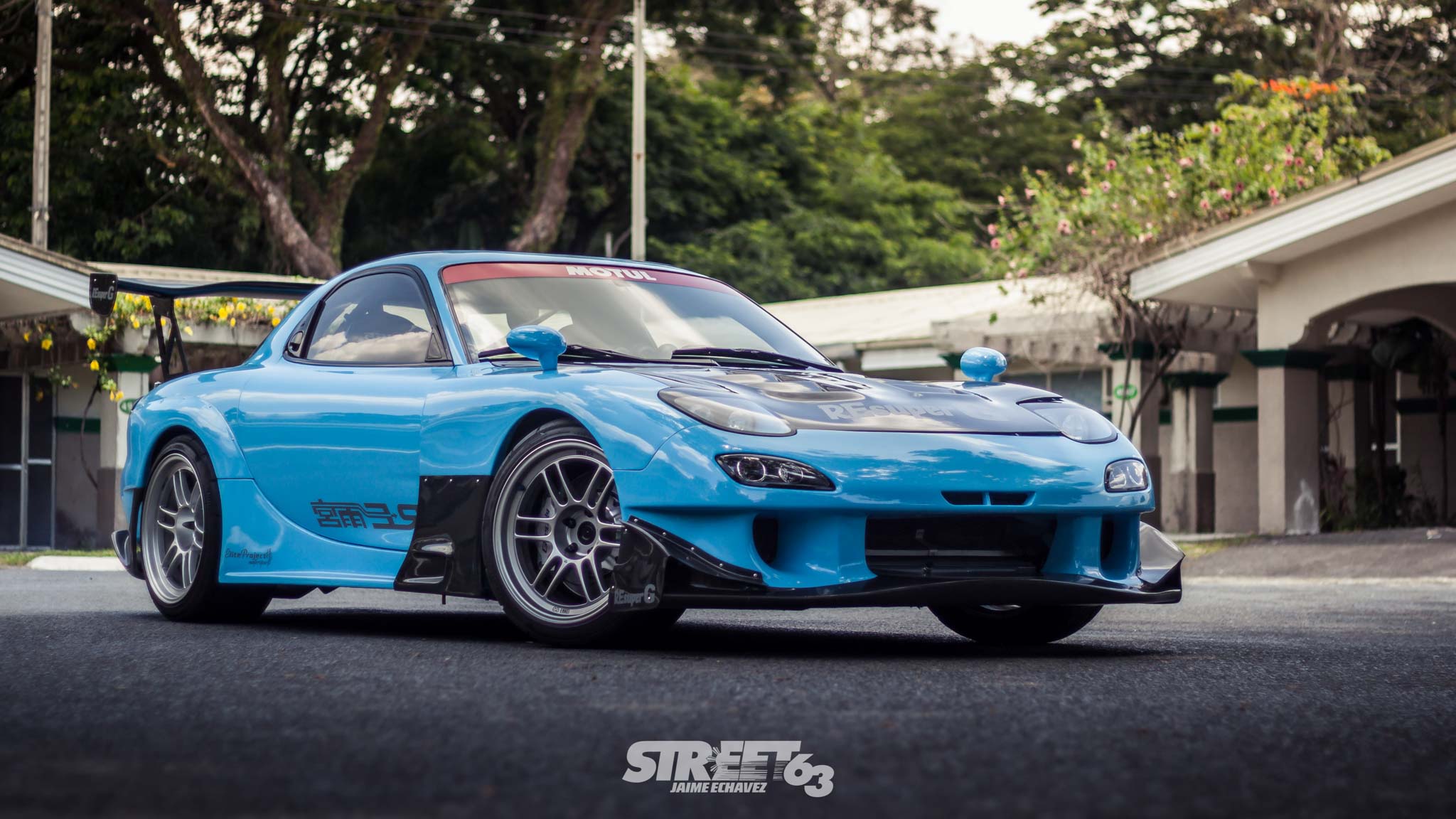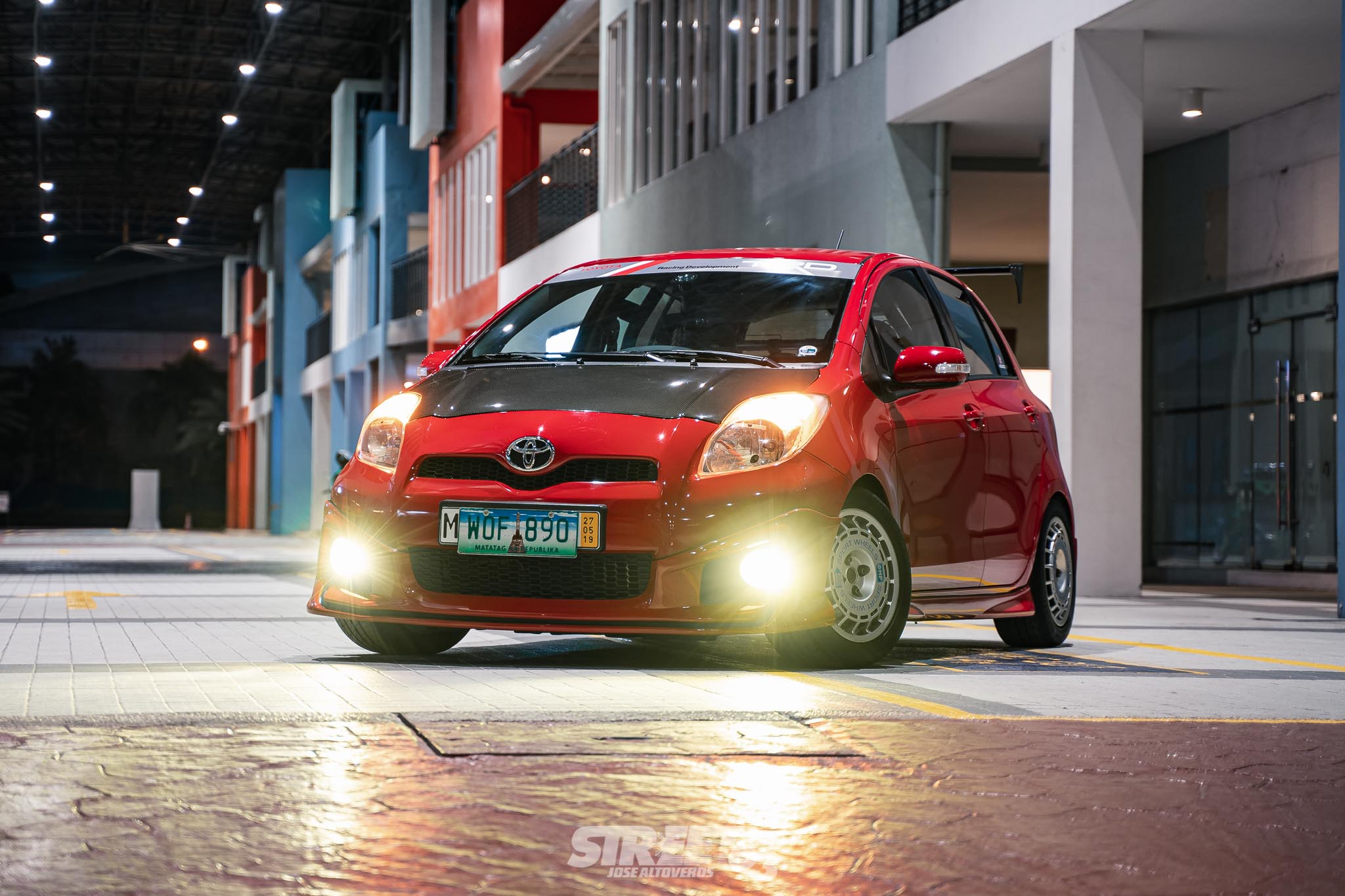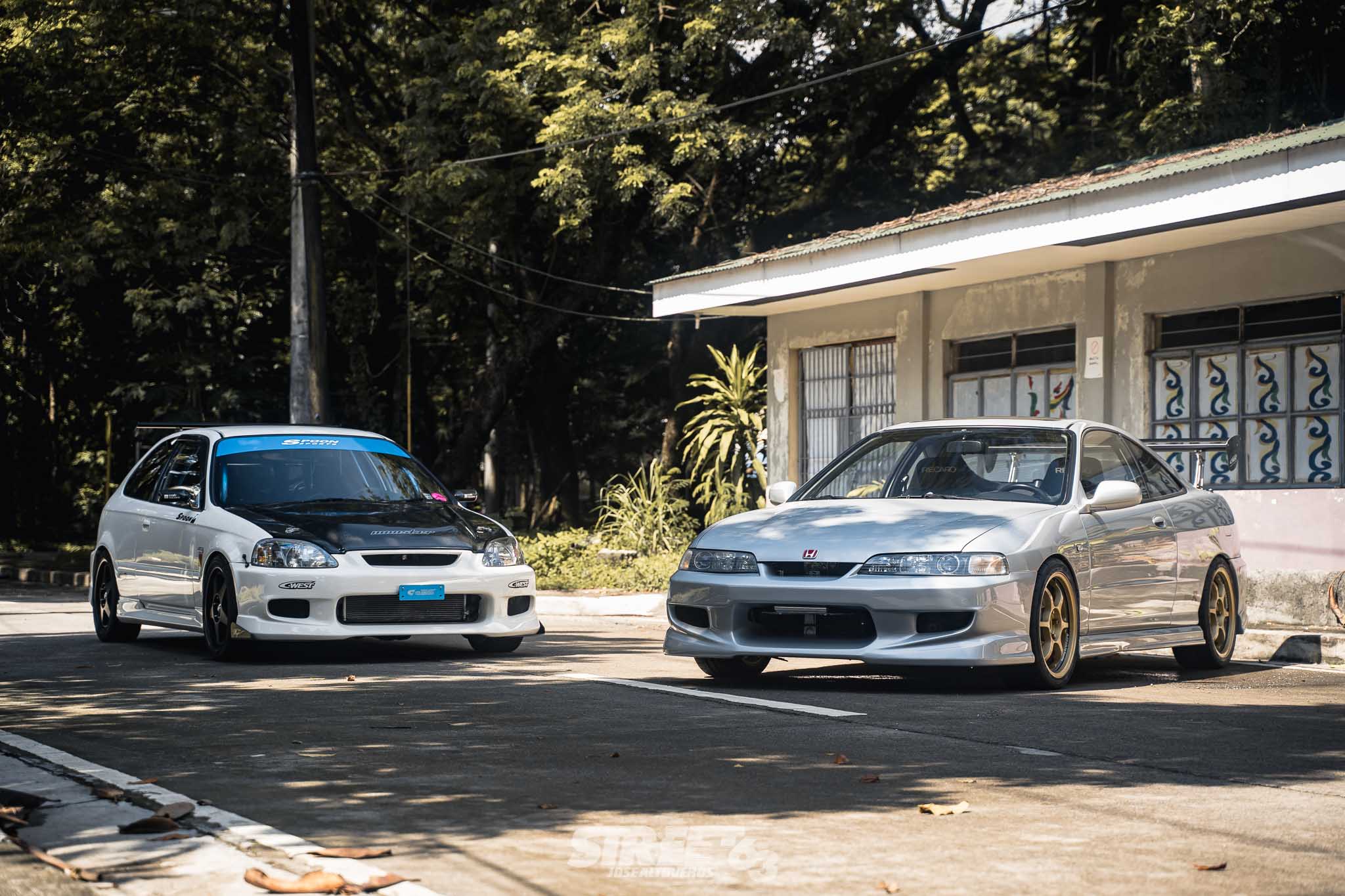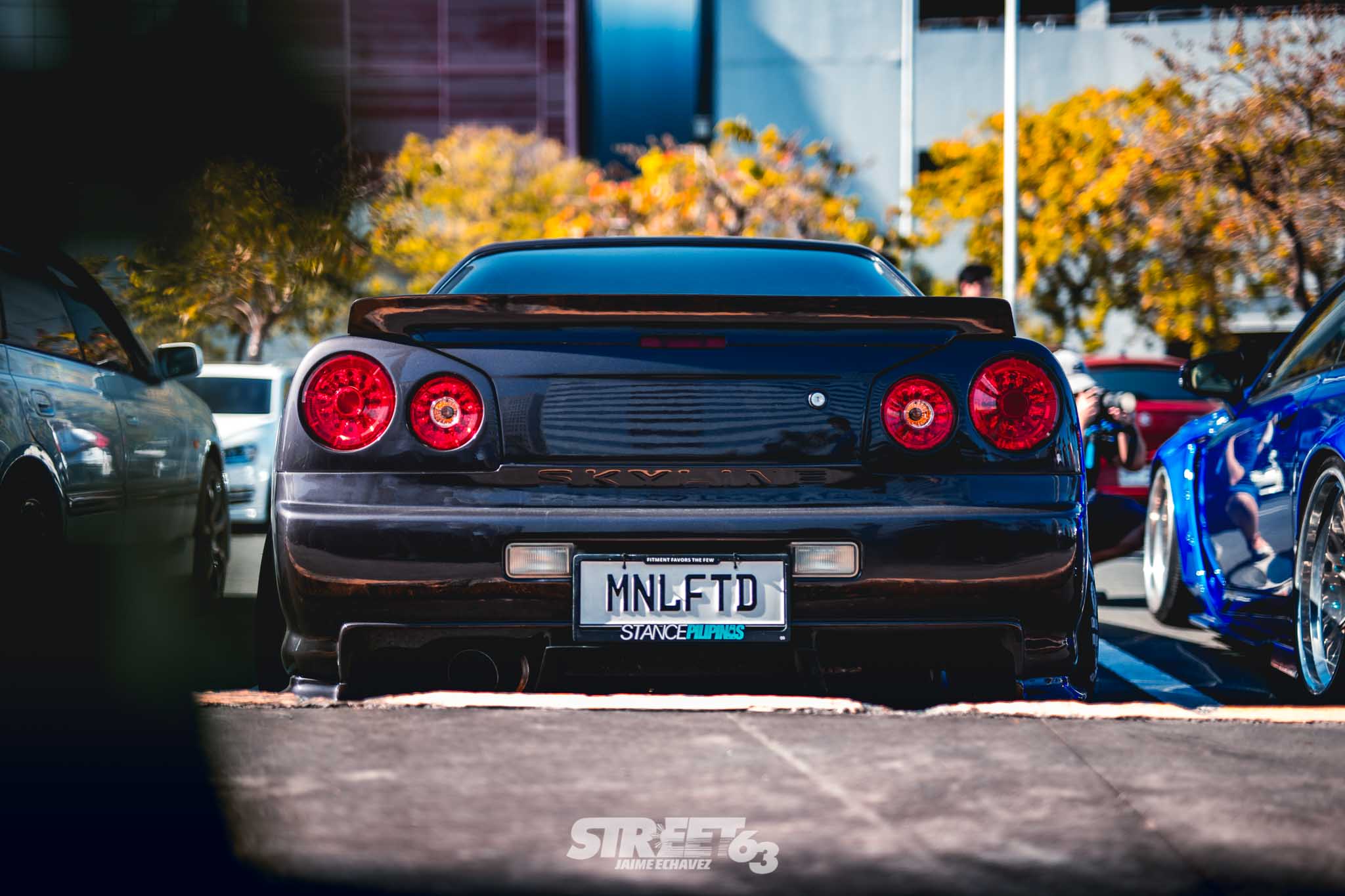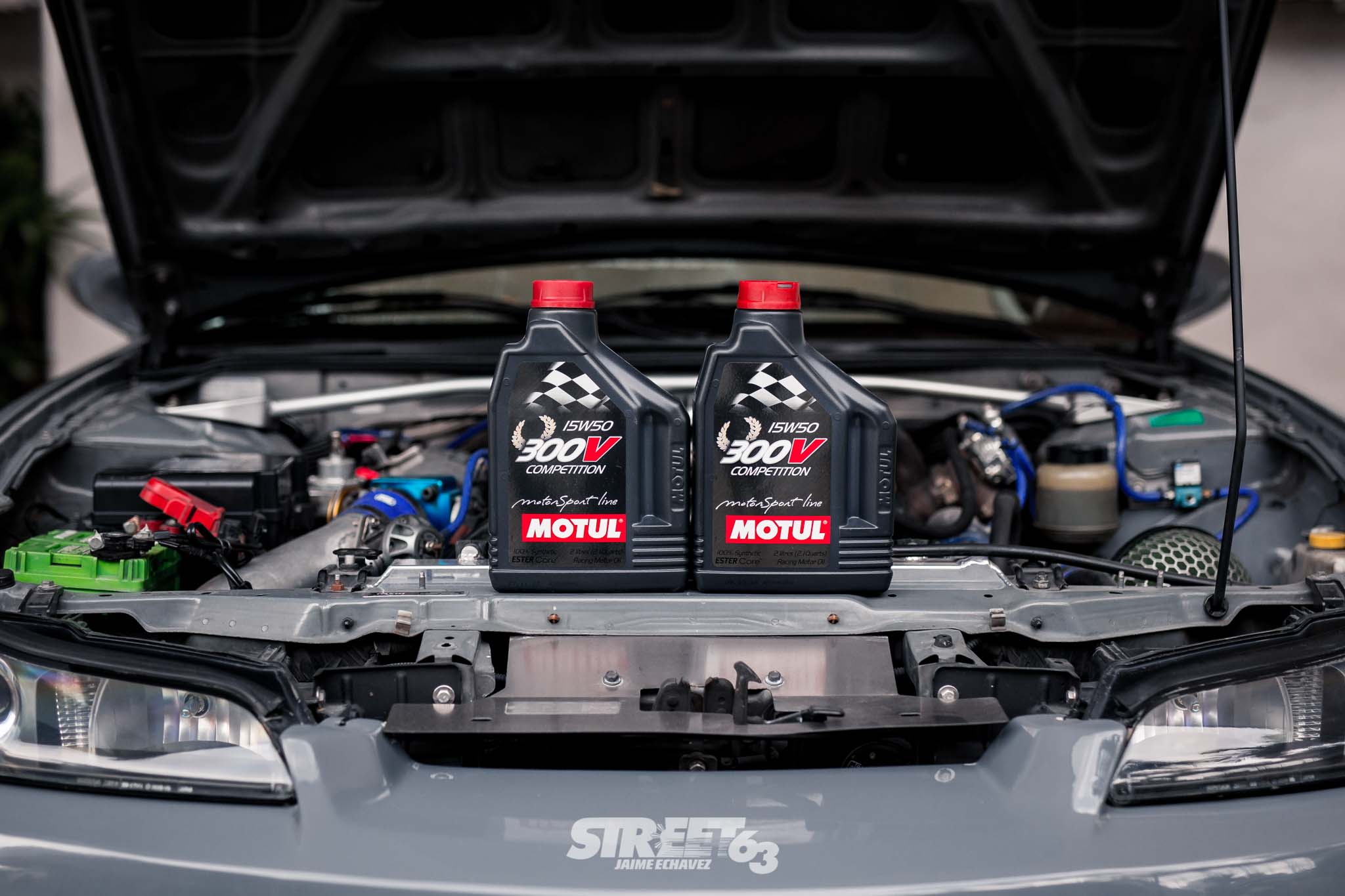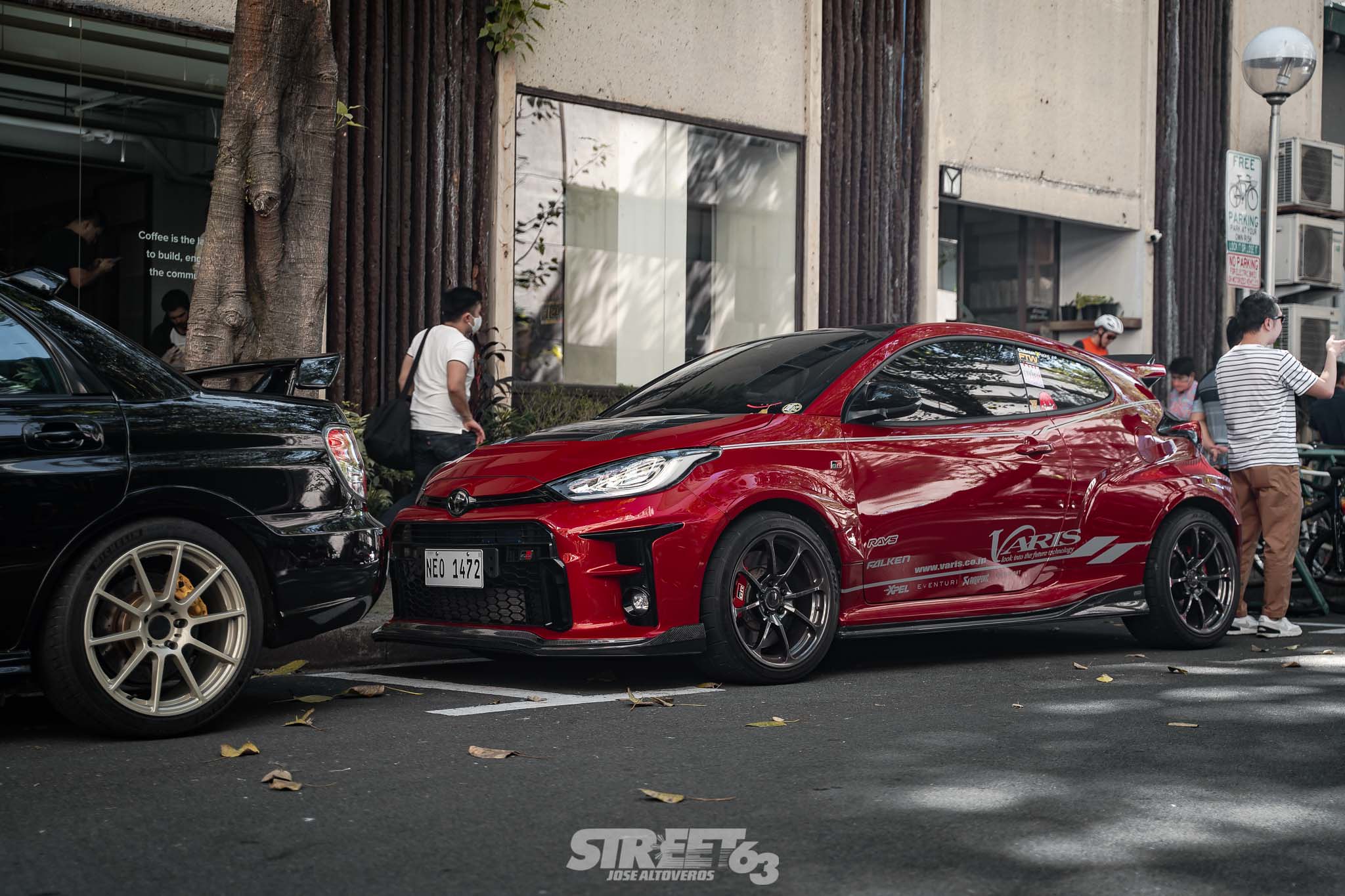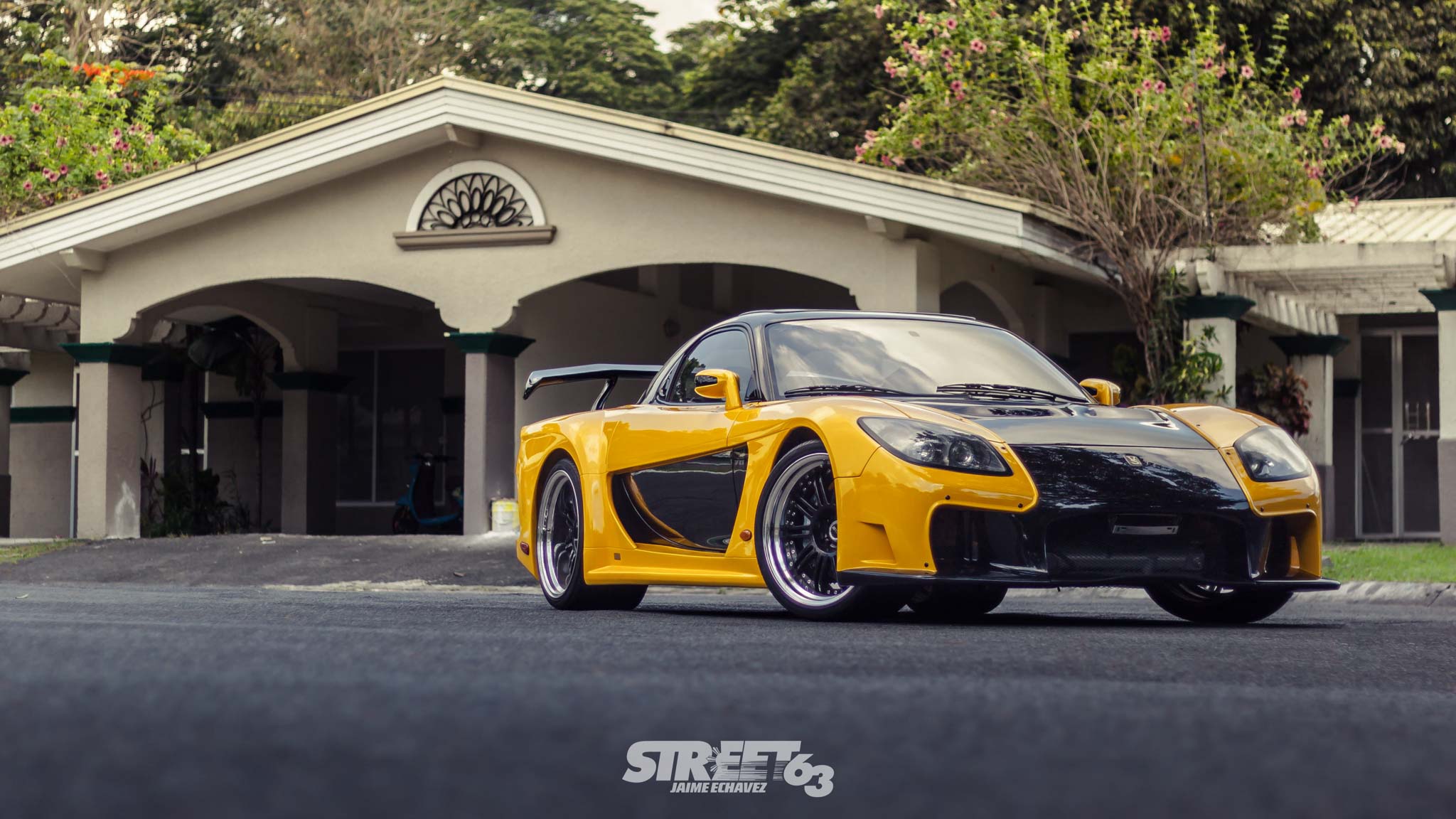1:10 scale, 1:1 fun: The Joys of The RC Hobby
The automotive hobby obviously revolves around one thing: Cars. While it’s safe to say you can’t relate to the hobby ‘without actually having a car’, the culture extends towards many different avenues that would be relatable for children and seniors of all ages. Everything from getting into toys and diecasts as children and being exposed to media like video games growing up all somehow shaped us into becoming the enthusiasts that we are today – and there’s no denying that they’ve all become part of the hobby altogether.

For some people though seeing cars on TV screens or sitting on a shelf just doesn’t cut it. Their cars need to be tangible yet downsized, drivable yet somehow easier to maintain, and generally not a nuisance to the rest of the world while giving the same kind of satisfaction as if you’re really driving out there. This is perhaps why the Radio Control hobbyist exists.
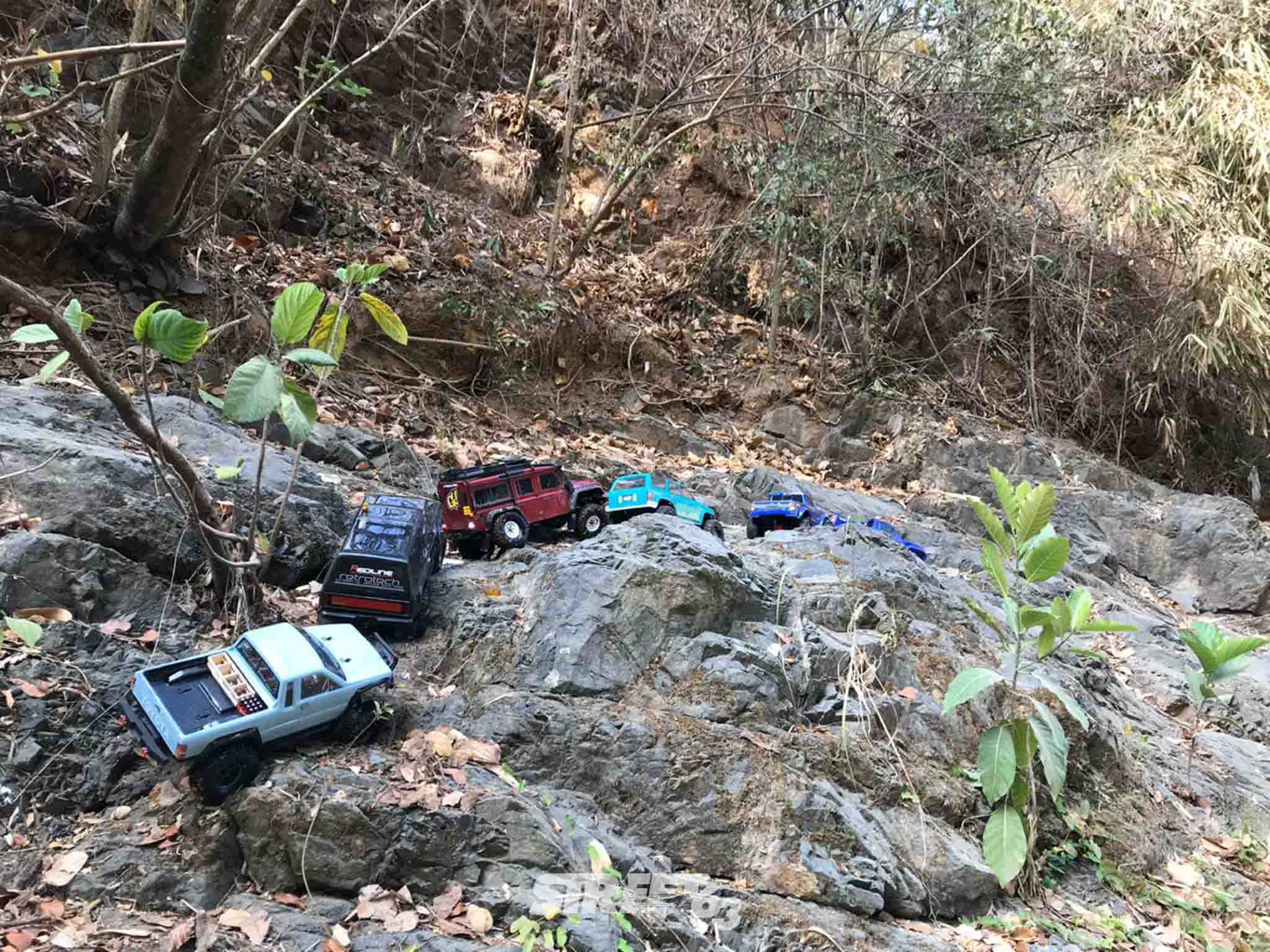
When you think about it, getting into RCs as somebody who actually owns and drives a real car still somewhat makes sense. Considering all the traffic in the metro, we hardly have anywhere to drive our actual cars – meaning getting our itch to drive can be easily scratched by a proper RC when we can’t find the time to get out and drive. Space wouldn’t be much of an issue either, at least compared to a real car that would need a decent garage to keep. You would be surprised just how many people are getting into the hobby even if they already have a decently worked car in the garage – that’s just how enjoyable these things can be, especially if you have friends to play with.
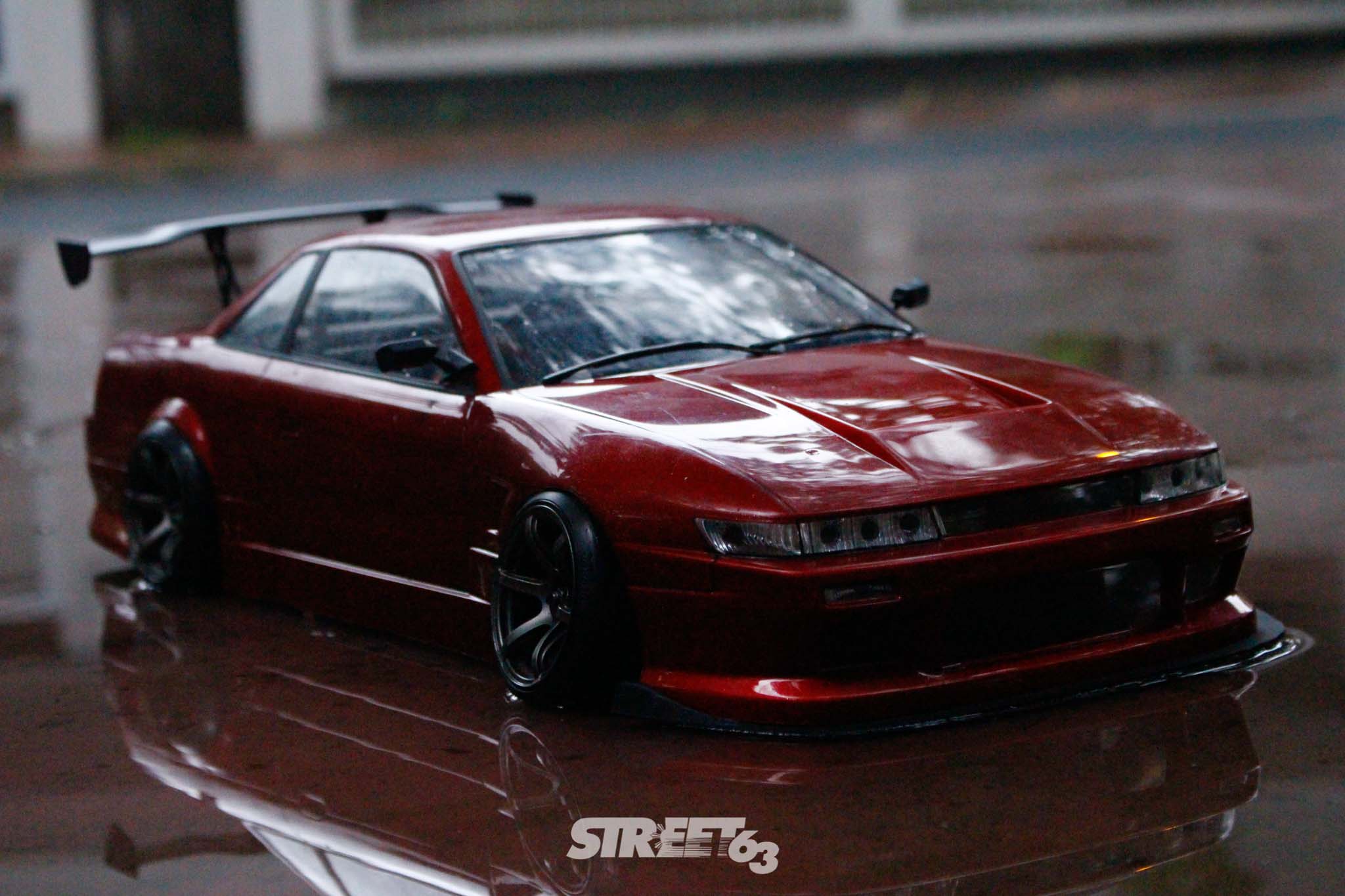
As with most items, RC cars have varying ranges of quality. You have toy-grade models you can buy off the shelf at the nearest toy store, but that isn’t the kind of RCs we’d be discussing here. What we’re talking about are the hobby-grade models, ones that require assembly, paint, proper tuning and meticulous detail to look and drive as authentic as possible when compared to their 1:1 counterparts. Getting into this hobby is as much about building your machine as it is driving it – again, kinda like the real thing.
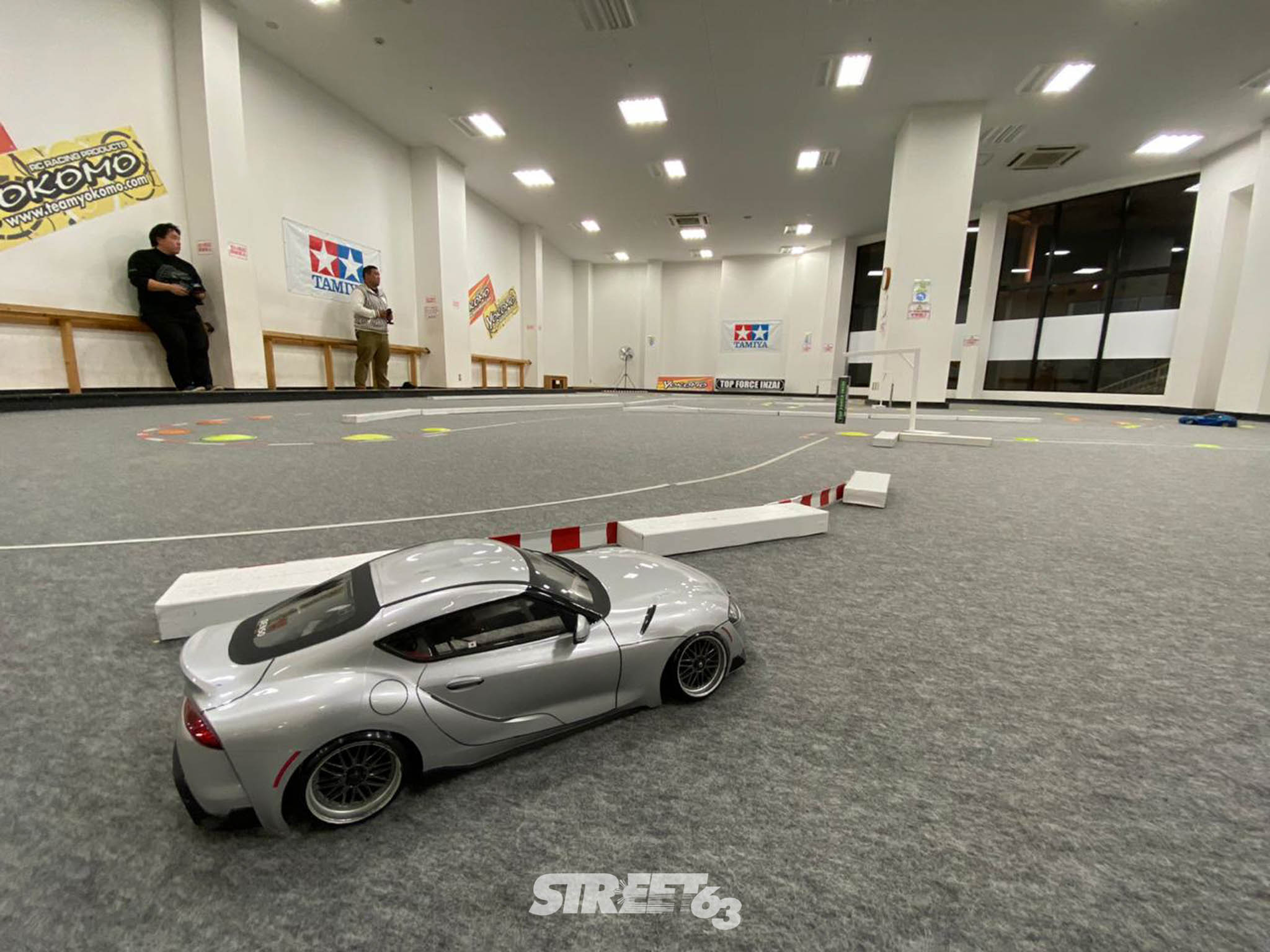
We’ll talk about two types of RCs we’ve become acquainted with and show you what each has to offer. These usually come in 1:10th scale yet have various chassis, parts, and general uses for specific applications. For those getting their feet wet into the hobby though, we would recommend trying out a no-brainer when it comes to scale RC vehicles: Crawlers.
Crawlers
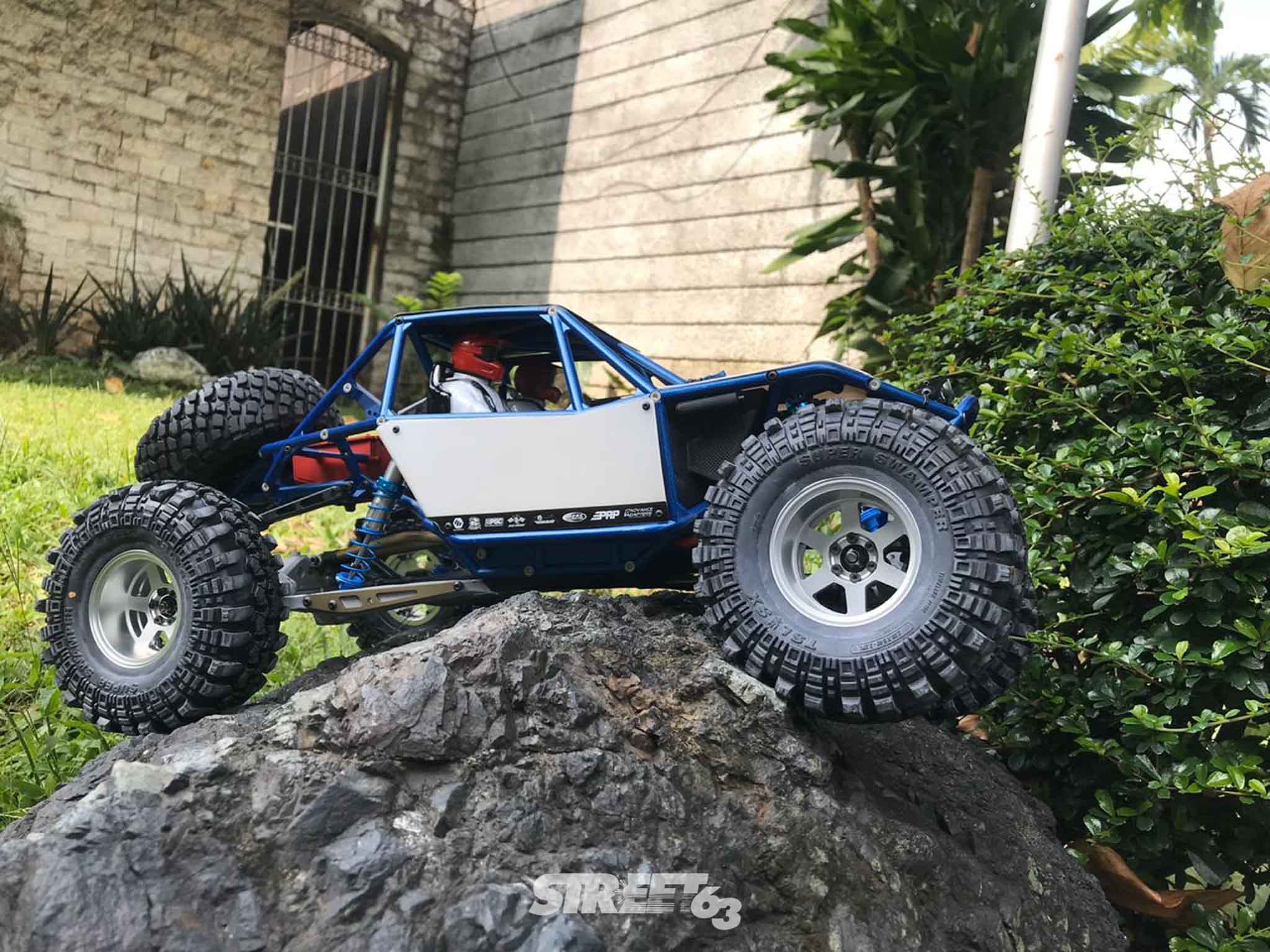
Simply put, a crawler RC is an off-road rig. These RCs specialize in going over sizable obstacles like rocks or logs and have chassis, suspension, and copious amounts of articulation that is comparable to the real thing. While they have not much going for them when it comes to speed, you would be mighty surprised at just how well these things go over obstacles and climb over rock faces. Compared to other types of RCs, crawlers are easily accessible because there are plenty of Ready-To-Run (RTR) kits available at various price points, are highly durable, and – compared to other RCs at least – require the least amount of fine-tuning (Of course, you’ll throw this last bit out the window once you get into competitive play).
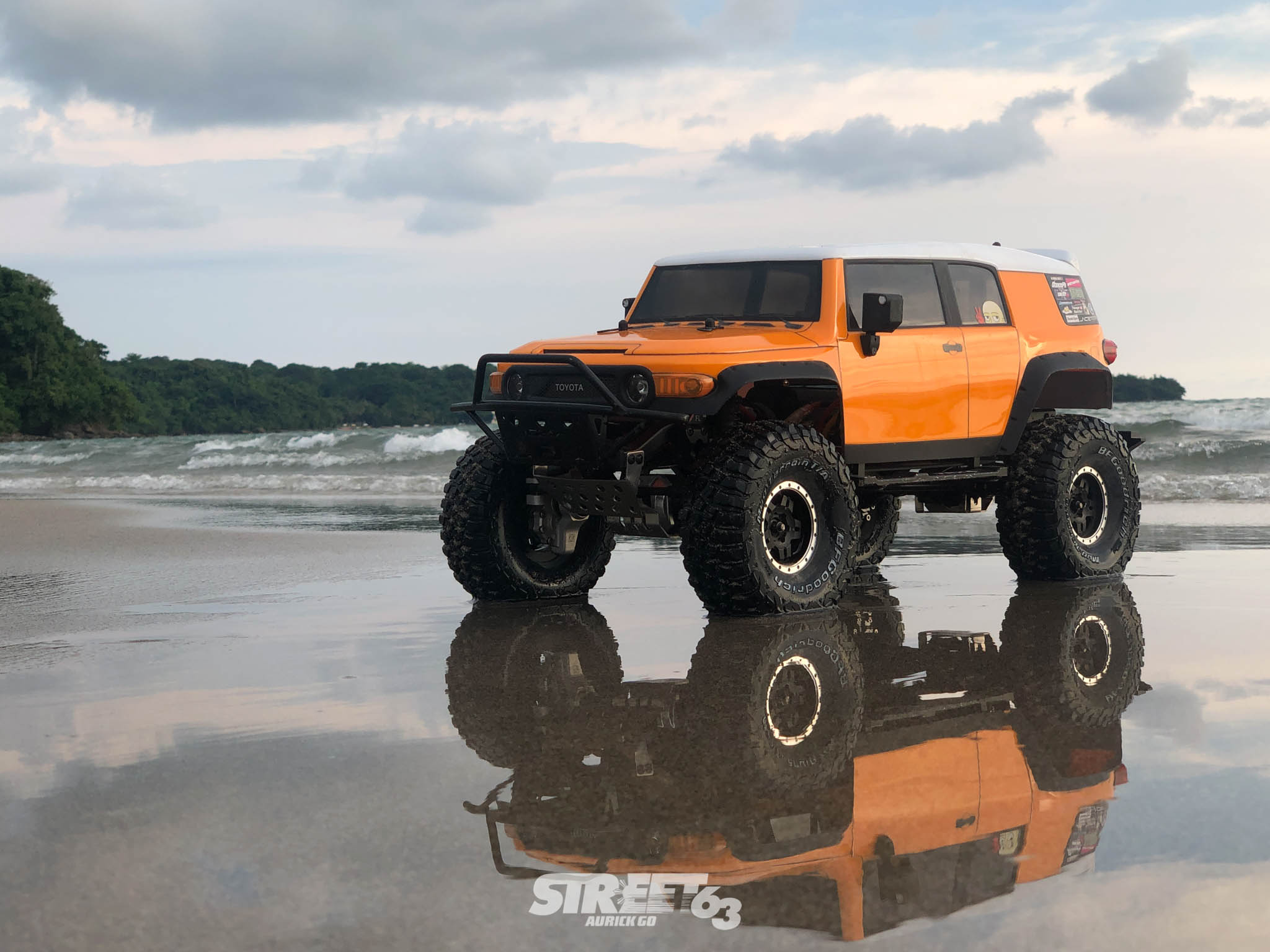
With kits like these come an infinetismal amount of accessories that either improve on performance or bring more realism to your rig. Everything from working winches, trailers, skid plates, roof racks, and even all the way down to scale accessories like baskets or jerry cans are all available a few clicks away online. Customization options are endless, and yes, you can change to a polycarbonate shell of your favorite vehicle to match your chassis. Should you wish to meet more folks that are into the hobby, attending trails or competitions set over at the Manila Scale 4x4 RC Forums Facebook group should be a good place to get started.
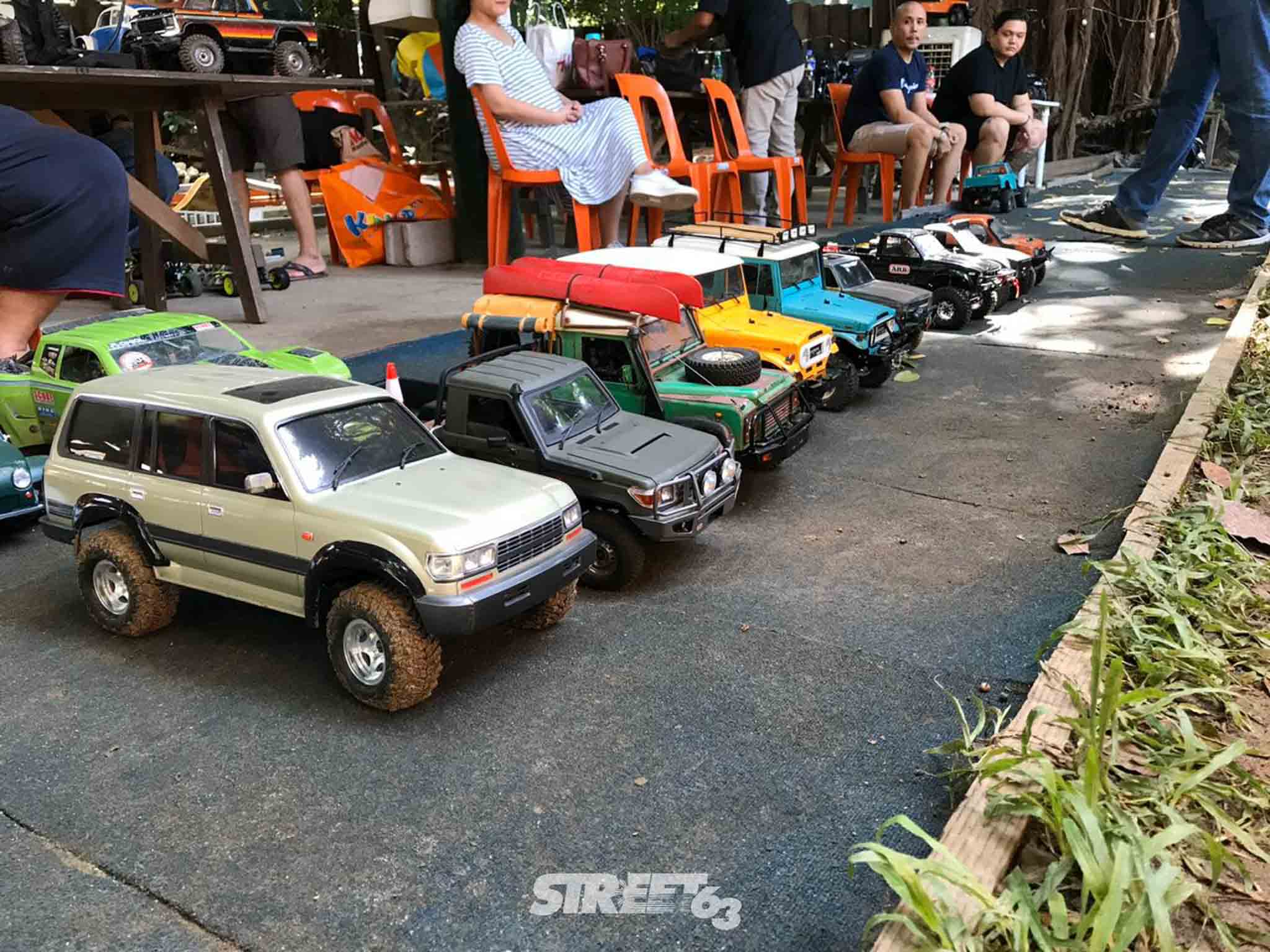
The appeal of the crawler does not come from the adrenaline rush of speed, instead you can look at it as a toy that defies physics because it is usually able to climb obstacles that normal vehicles could not. The name of the game here is center of gravity, articulation, grip, and proper weight management/distribution to make sure that your crawler gets over any surface. If you want to see how far your crawler can go, a few local groups regularly hold competitions around Metro Manila to put their rigs to the test.
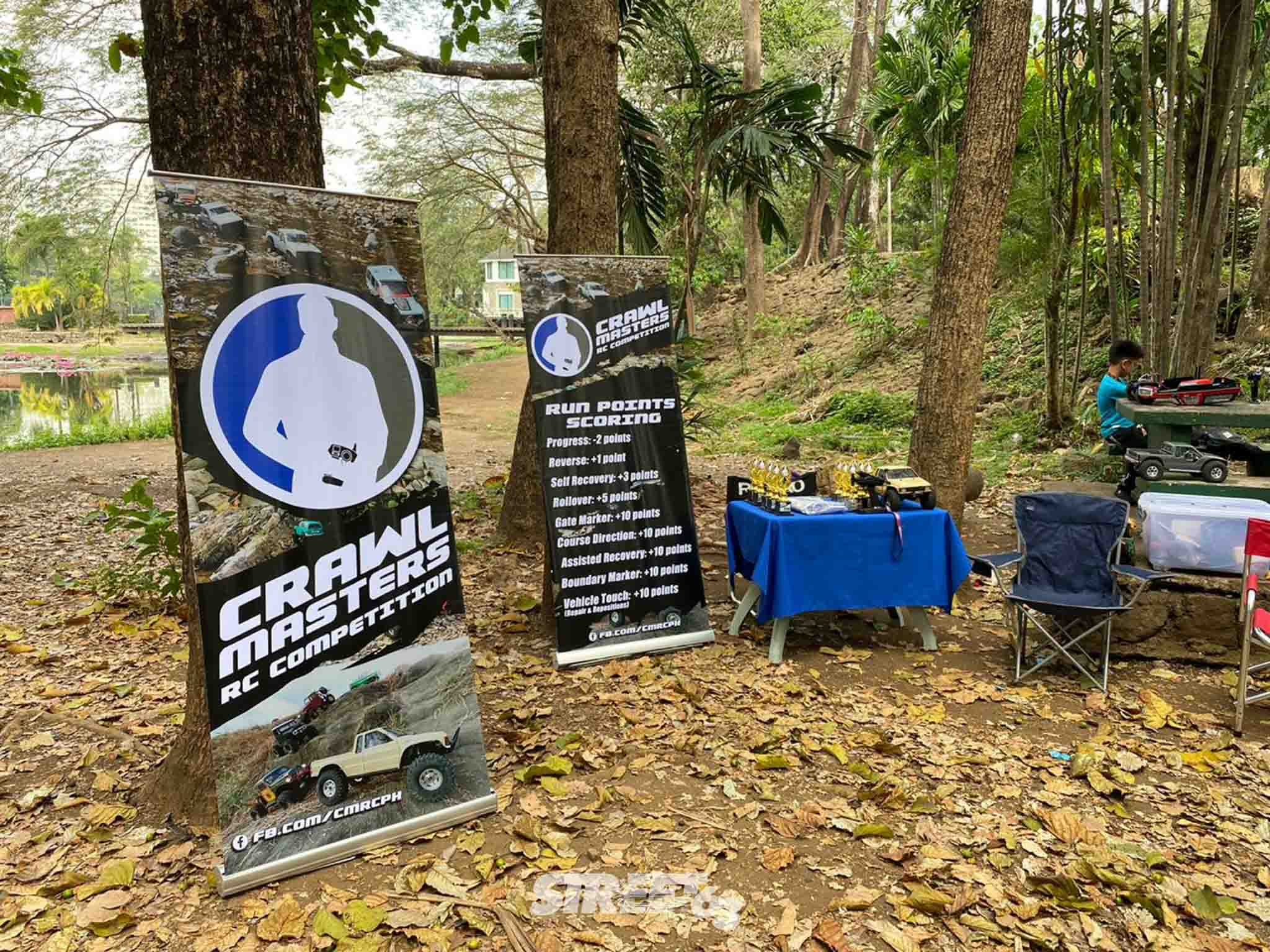
Competitions for crawlers are fairly simple, yet somehow they have their own twist. A trail is laid out via gates that need to be passed by your rig in sequence, touching a part of the gate adds points to your total score, and the one with the least points at the end of the course wins. The catch here is your rig will be judged for its ‘scale points’ prior to a run: each functional/realistic item on your rig will decrease your initial points giving you a better chance at winning; Items like wipers, a metal rock slider, working winches, a dropbed, and functioning lights all contribute to point deductions – meaning the rigs that compete try to be as authentic as possible all while maintaining their performance.
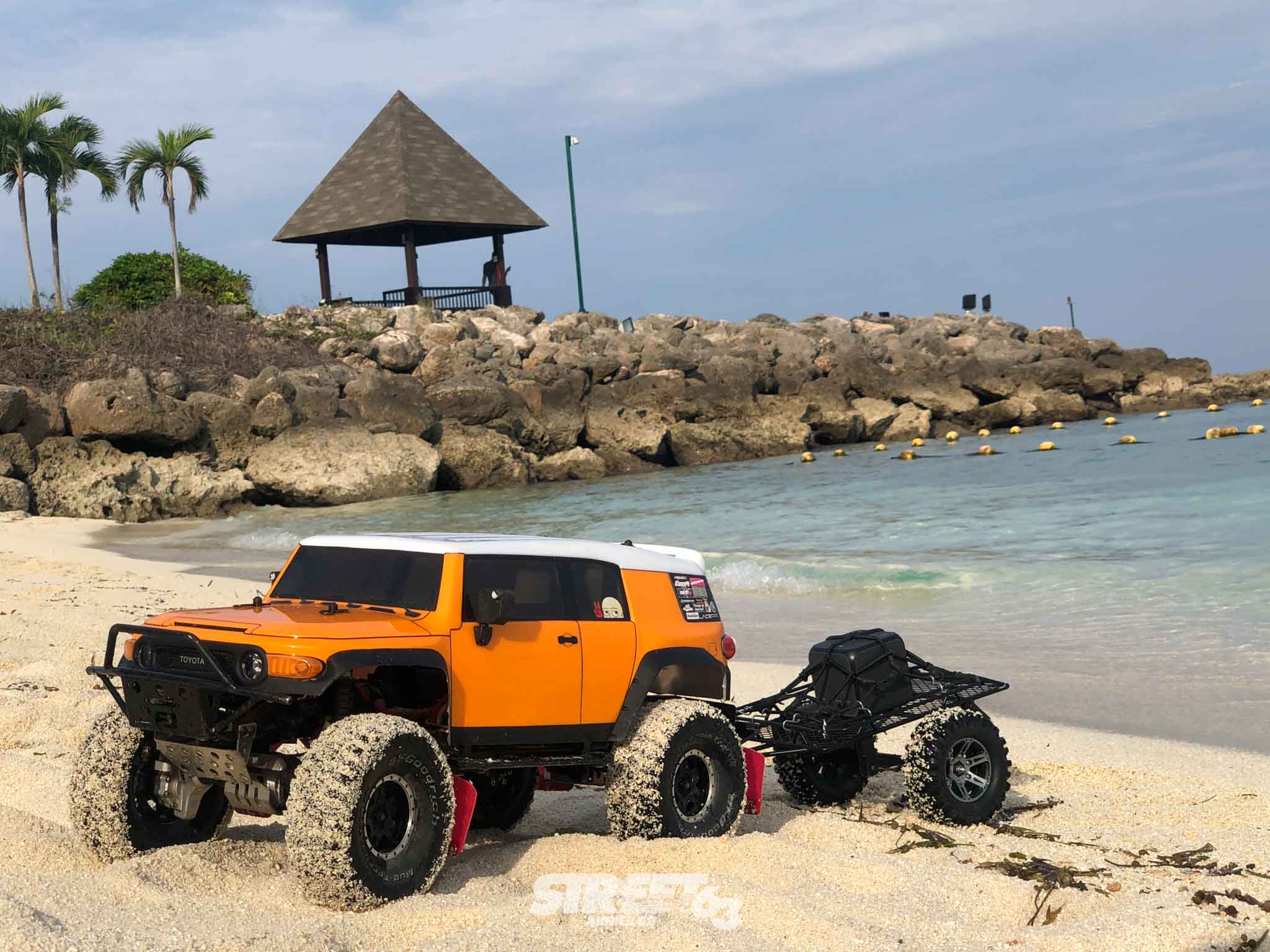
But if you want to just to bring them out and have fun, crawlers still make for a good choice to get into the hobby. You can literally bring them anywhere provided you have space in your boot. Whether you’re outdoors on a hike or chilling by the beach, a crawler will add another form of entertainment to your getaway for you and your companions.

While the crawler is a good way to start with the hobby, it isn’t exactly the first thing that comes to mind when we think of RCs. That said, we’ve taken to another kind of RC which hits close to home especially for our readers here: Drift RCs
Drift RC
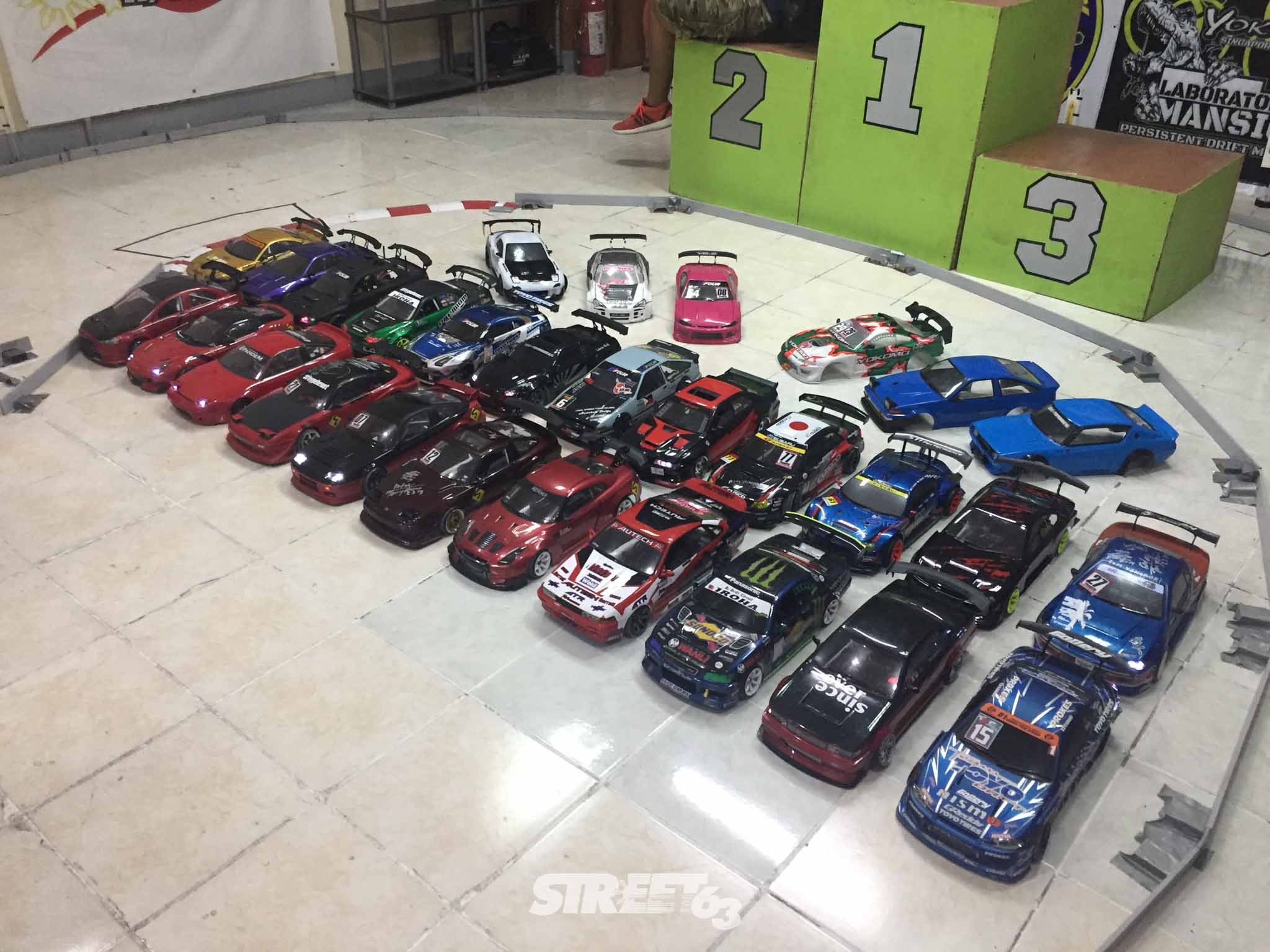
Since the dawn of drifting as a much-hyped form of motorsport, RC enthusiasts have tried rigging their touring or rally chassis to maintain slides and drift like an actual car. Nowadays it has come to a point that there are dedicated chassis, motors, servos, and even gyros all geared towards making an RC go sideways. Add to that the culture and all the media surrounding these types of RCs and you can’t help but be curious as to how fun they would be to drive. (Hint: they’re hella fun)
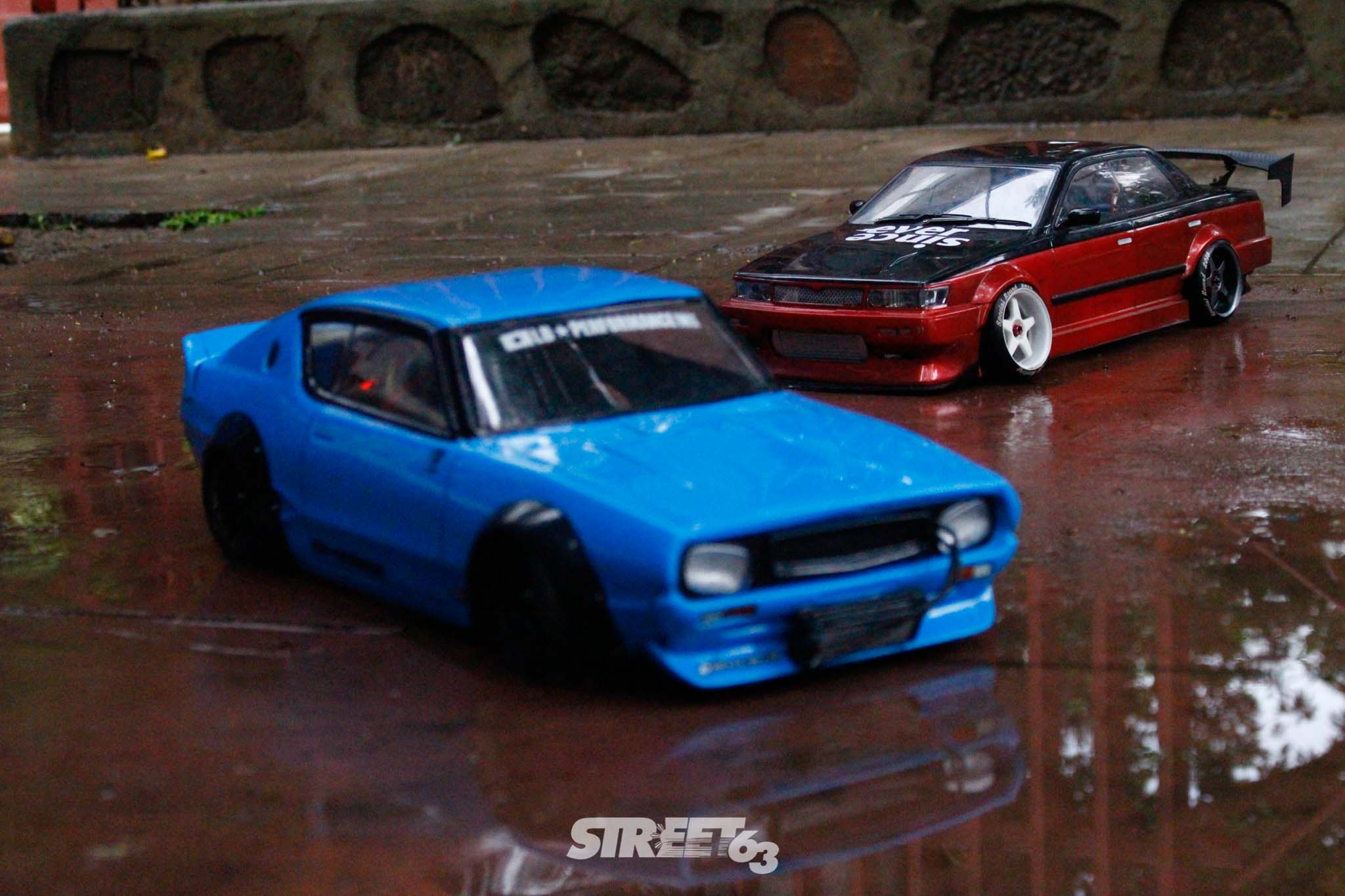
Based from experience, getting into drift RCs requires a tad more research compared to just buying a ready-to-run crawler. Sure there are readymade drift car chassis out there, but if you ask around the avid enthusiasts will tell you you’ll get more bang for buck out of building your own kit using mix-and-match parts versus buying an off-the-shelf kit – not to mention you get to customize the shell and wheels to your taste.
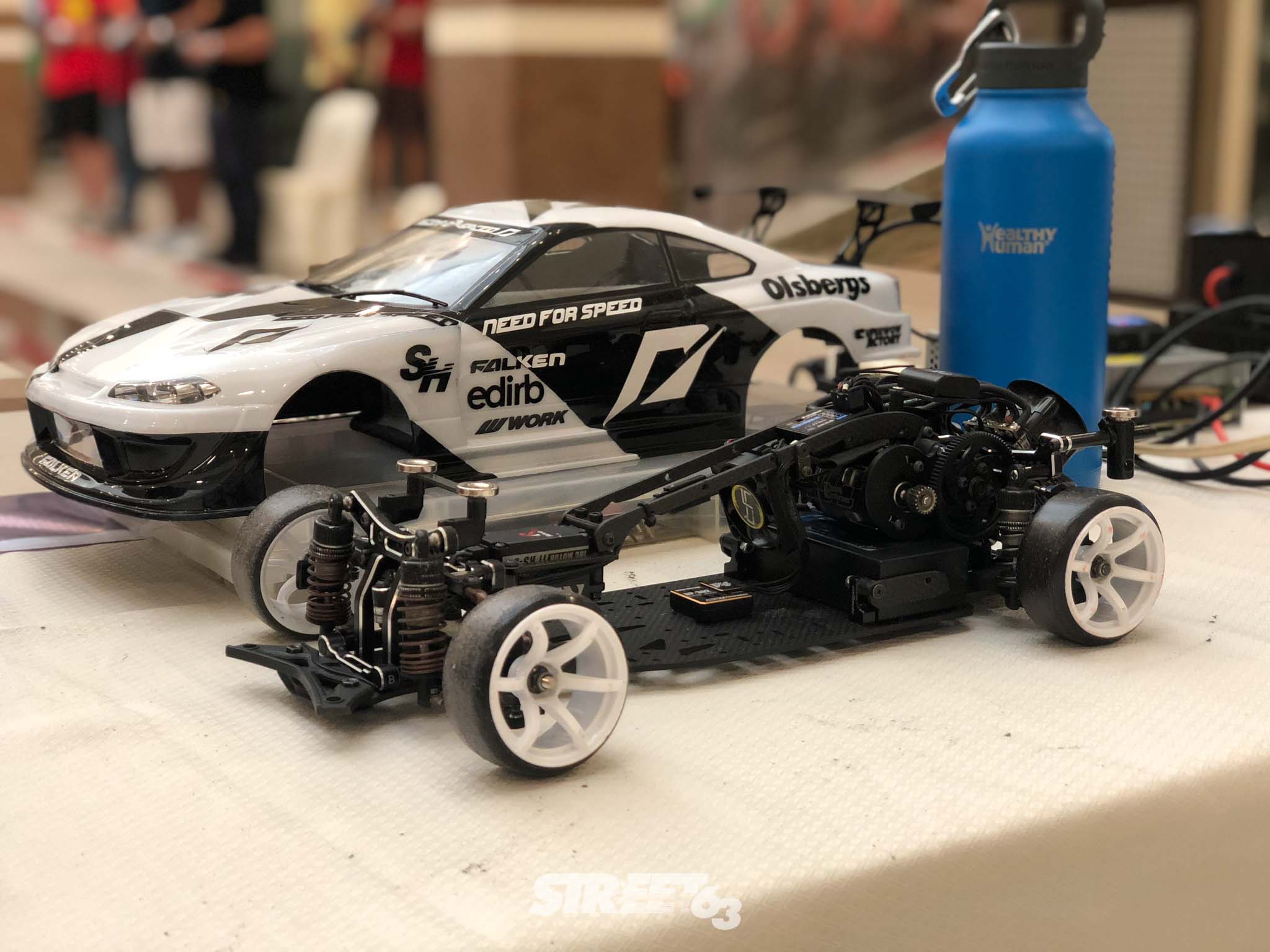
Again, countless parts online or via local dealers are readily available for various platforms at a range of price points. The key here is to research, ask around, and see what kit would fit your budget. You ought to also consider whether you’ll be getting an all-wheel drive (AWD) kit or a rear-wheel drive (RWD) kit as both have very different driving characteristics. These days though the trend is shifting towards the rear-wheel drive platform thanks to its realism and precision handling. Thing is these tend to be more expensive thanks to the neccesity of a gyro to compensate for countersteering. You would be darn thankful for youtube reviews on these things as they can be quite comprehensive and – as with any hobby – require a sizable investment.
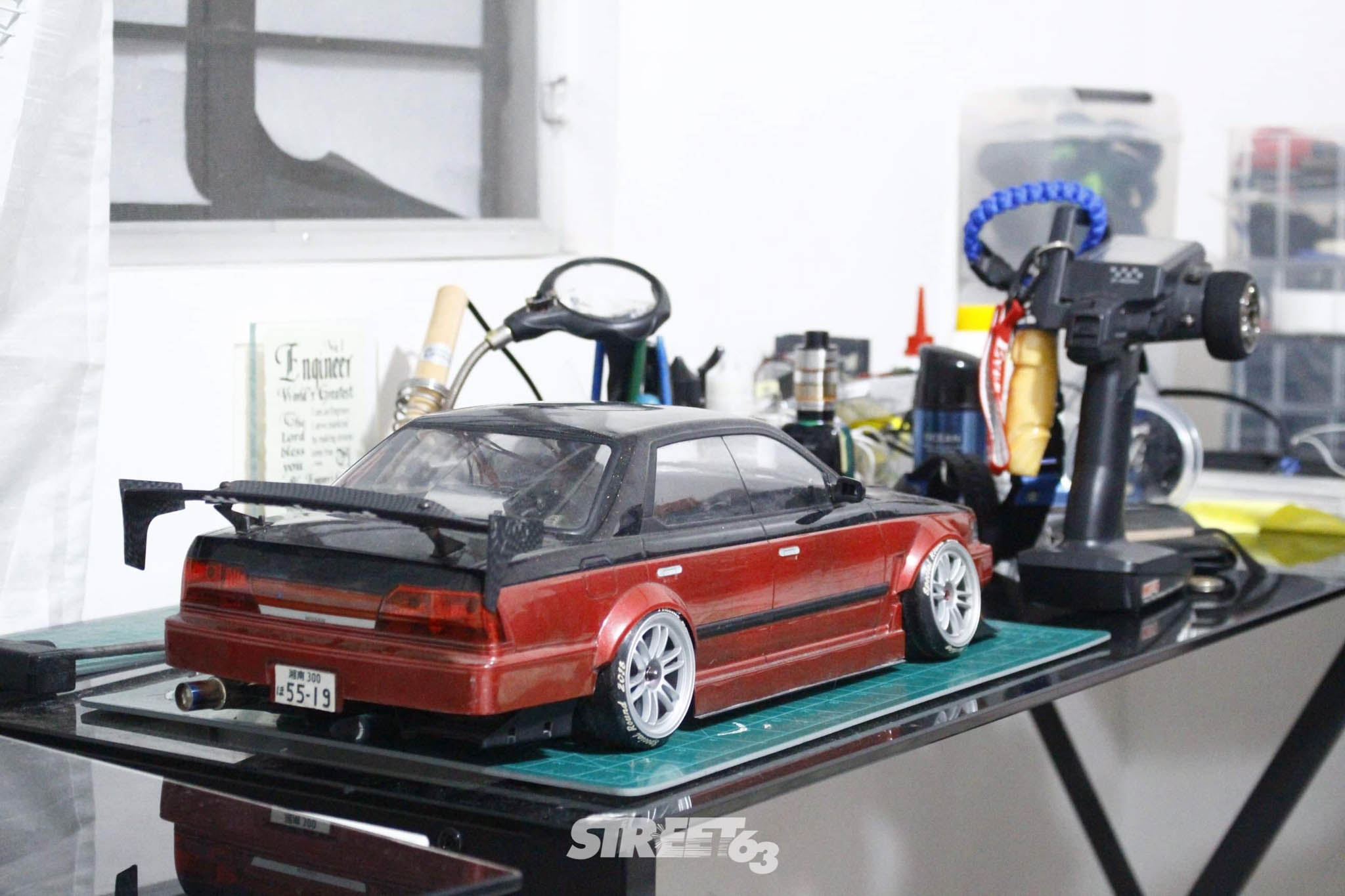
When you compare a crawler’s rugged, no-frills drivability to the likes of a drift RC, the drift chassis will have lots more adjustability. That’s because much like a real racecar, fine tuning the suspension will improve the car’s handling. Everything from toe, camber, and suspension mounting are fully adjustable and will alter the behavior of your vehicle drastically depending on how they’re all set. The fun of getting these things sideways are then complimented by being educated with the fundamentals of suspension geometry, if you’re willing to learn of course.
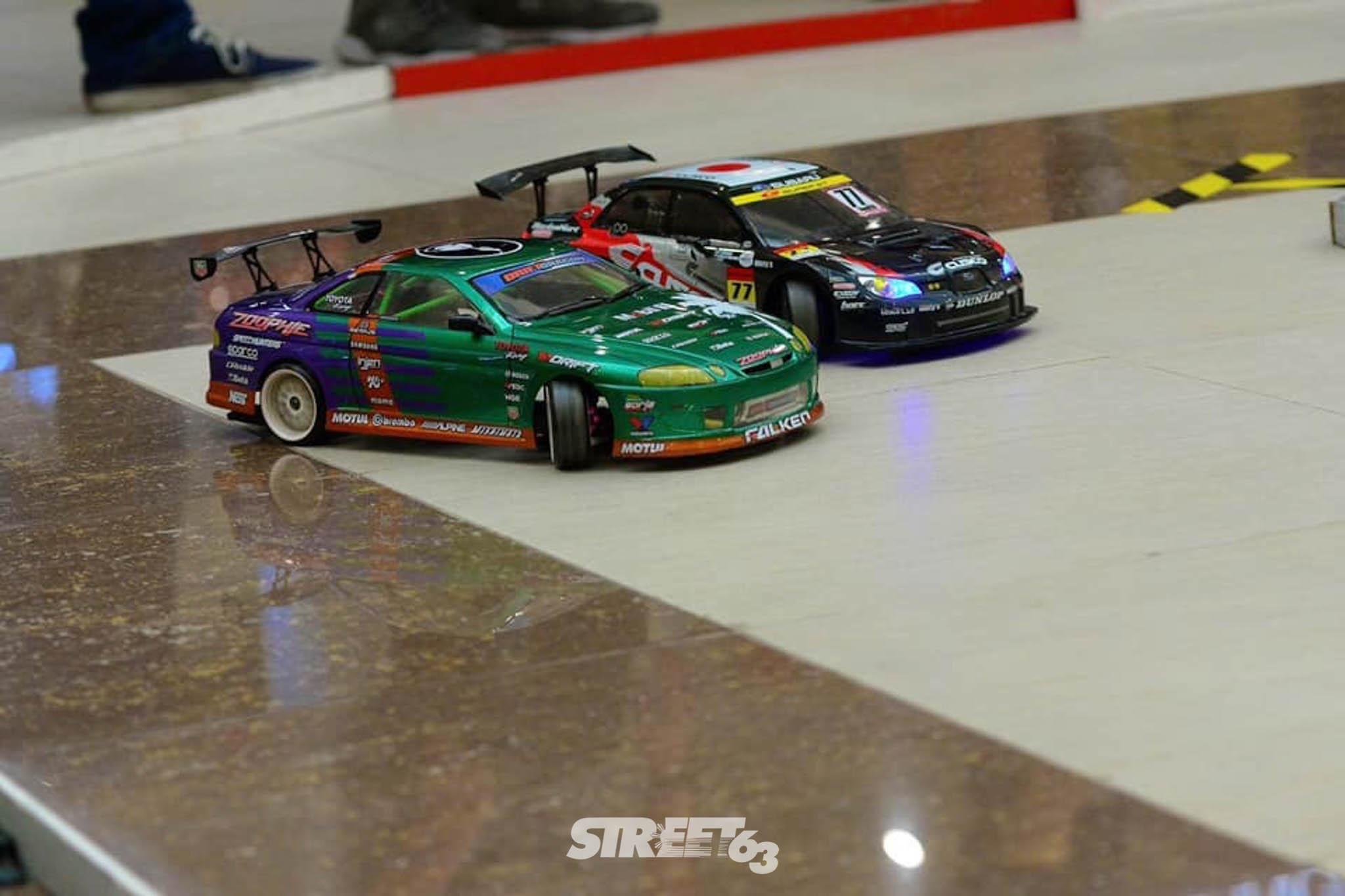
As it is with the crawler community, local RC Drifters often hold competitions or exhibitions in various parts of the metro as well. Info on events can be found with the Philippine RC Drifters Forums facebook group if you want to get in on the action. These days you may even find some of these guys in attendance at real-life car meets such as the Stance Pilipinas meets or Legends Of The 90s, and despite their tenth scale size compared to an actual car they’re very much a welcome addition to give the local meets more variety and entertainment.
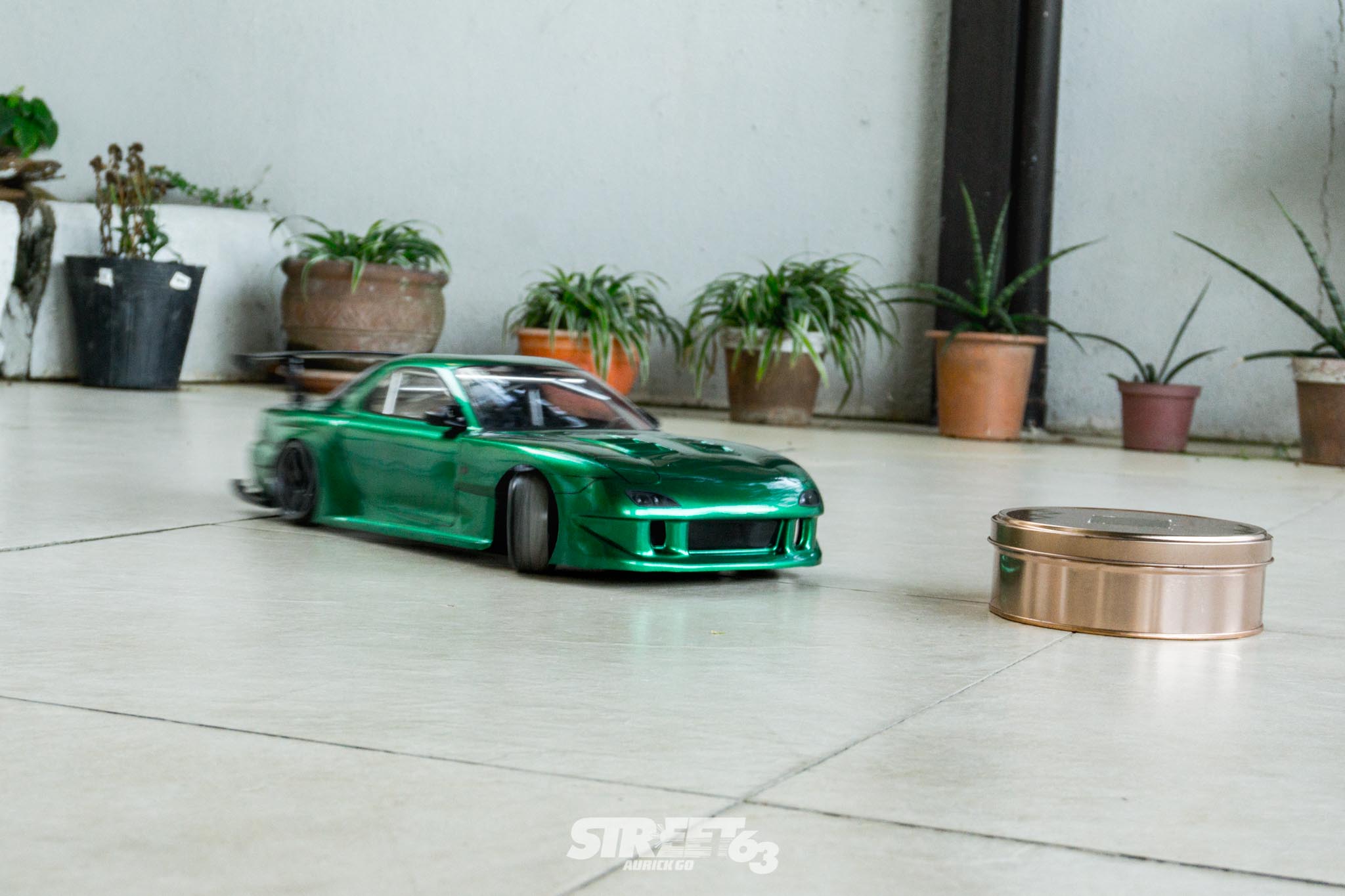
The catch with drift RCs is you will need a smooth and fairly wide surface to make full use of them. This means places to play with these become limited if you want to keep your chassis in one piece. On top of that, there is a learning curve for getting used to drifting; inputs for throttle and steering are very sensitive and require some precision to operate properly. Get that down pat however and the hobby becomes much more enjoyable, all that money spent becomes worth it every time you hit the clipping points just right or when you’re out on tandem with a few friends.
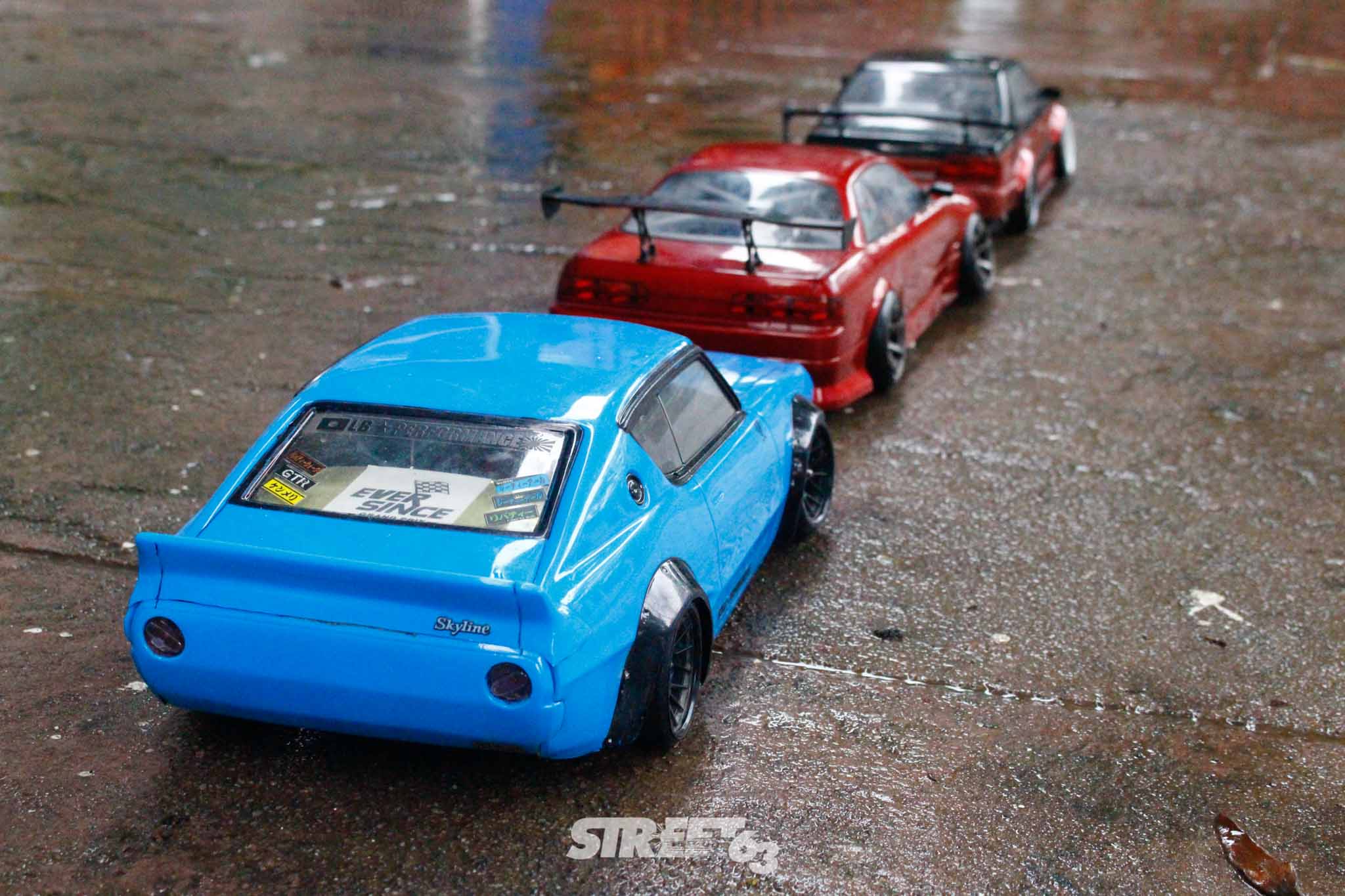
There are many other types of RCs out there such as buggies, touring cars, or even tanks, but since we’re only talking about how these RCs hit close to home with our hobby, these two types ought to cover you to bring the closest to that 1:1 experience. Whichever way you go though, RCs are sure to make for a splendid pasttime for the avid gearhead.
Words by Aurick Go
Photos by Aurick Go, Angelo Magtoto, Lawrence Samson, Ken Escoto, South RC Hobbies

